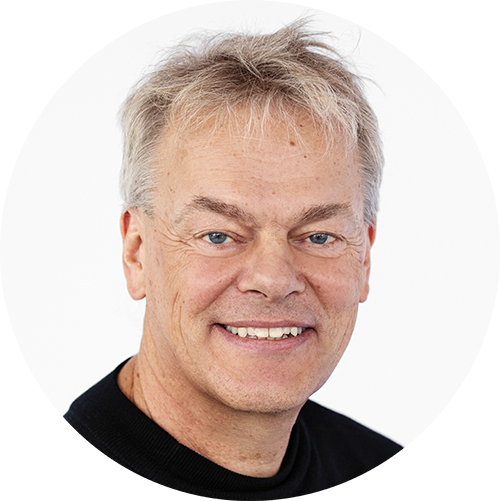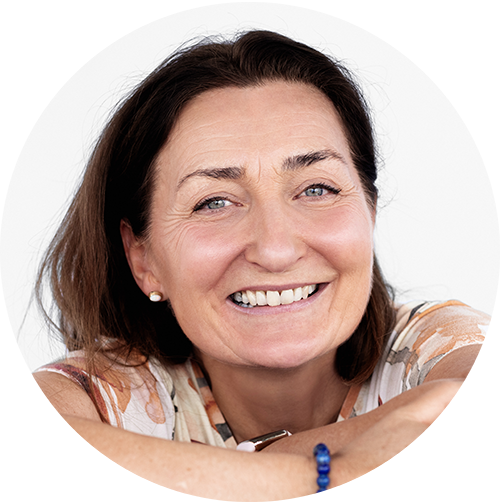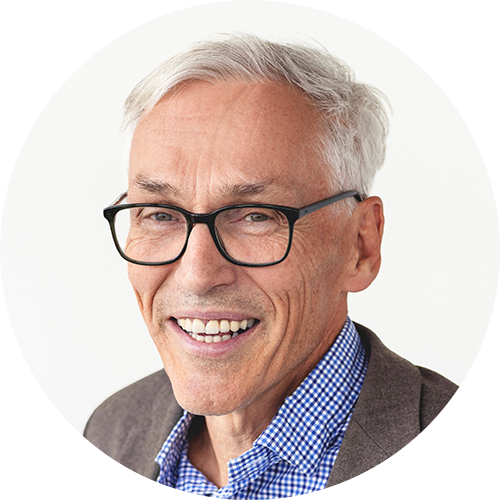Centre for Algorithms in the Cortex, Kavli Institute for Systems Neuroscience
Centre for Algorithms in the Cortex

About the Centre for Algorithms in the Cortex
Centre for Algorithms in the Cortex (CAC) is a Centre of Excellence at the Research Council of Norway.
CAC aims to uncover the algorithms that the cerebral cortex uses for cognitive functions.
Since the birth of philosophy, humans have pondered the origin of the mind, or our ability to consciously perceive and analyse past, present and future experience to interact intelligently with the world.
Today, intellectual functions such as sensory perception, memory, imagery, planning and decision-making are known to reflect neural processing in the cerebral cortex, the sheet of uniformly organised tissue covering the cerebrum.
Yet the neural algorithms of the cortex – its computational rulesets – have remained in the dark because information in the cortex is distributed across billions of tiny synapses that connect intermixed, widespread populations of neurons.
New experimental technology
We now have an unprecedented opportunity to overcome this elusiveness. New experimental technology and new tools for large scale data analysis and modelling allow activity patterns – and algorithms – to be extracted at unprecedented precision from thousands of simultaneously active cortical neurons.
We propose to take advantage of the emerging opportunities by bringing together 12 research groups at the Kavli Institute for Systems Neuroscience in a Centre for Algorithms in the Cortex (CAC). The overarching mission of CAC is the use of new technology to identify the fundamental rulesets of higher-order neural-circuit computation in the cortex.
A new generation of independent investigators
A steppingstone will be the Nobel-awarded insights from hippocampal-entorhinal circuits obtained at CAC’s parent centres, but the CAC itself will be transformative in extracting the domain-general algorithms underlying cognitive operations.
To facilitate this paradigmatic switch, we have recruited a new generation of independent investigators, who will help acquire large scale data from diverse higher-order cortical systems, at different stages of development and across species, hand in hand with theoretical model development.
By identifying neural-circuit codes in these data, the CAC shall pioneer the next decade’s deep dive into the mechanistic basis of cognition
Outcomes and impacts
While the discovery of cortical computational algorithms will drive the development of a number of scientific disciplines – from biology to mathematics and artificial intelligence - it will also contribute to understanding, diagnosis and eventually treatment of cortical neurological and psychiatric diseases that as of today have no cure.
Such diseases account for a major share of today's health burden. In a concerted effort with the co-localized K.G. Jebsen Centre for Alzheimer’s Disease (AD) we shall use CAC insights from the healthy brain to fight neurodegenerative diseases.
CAC will leave an impact on Norwegian science that extends beyond its contribution to solving specific scientific questions. We shall foster rising research leaders from new emerging research fields and, with them, establish a highrisk high-gain collaborative research environment that will transcend the era of the Nobel-awarded discoveries in the brain’s space circuit as well as the proposed agenda for CAC.
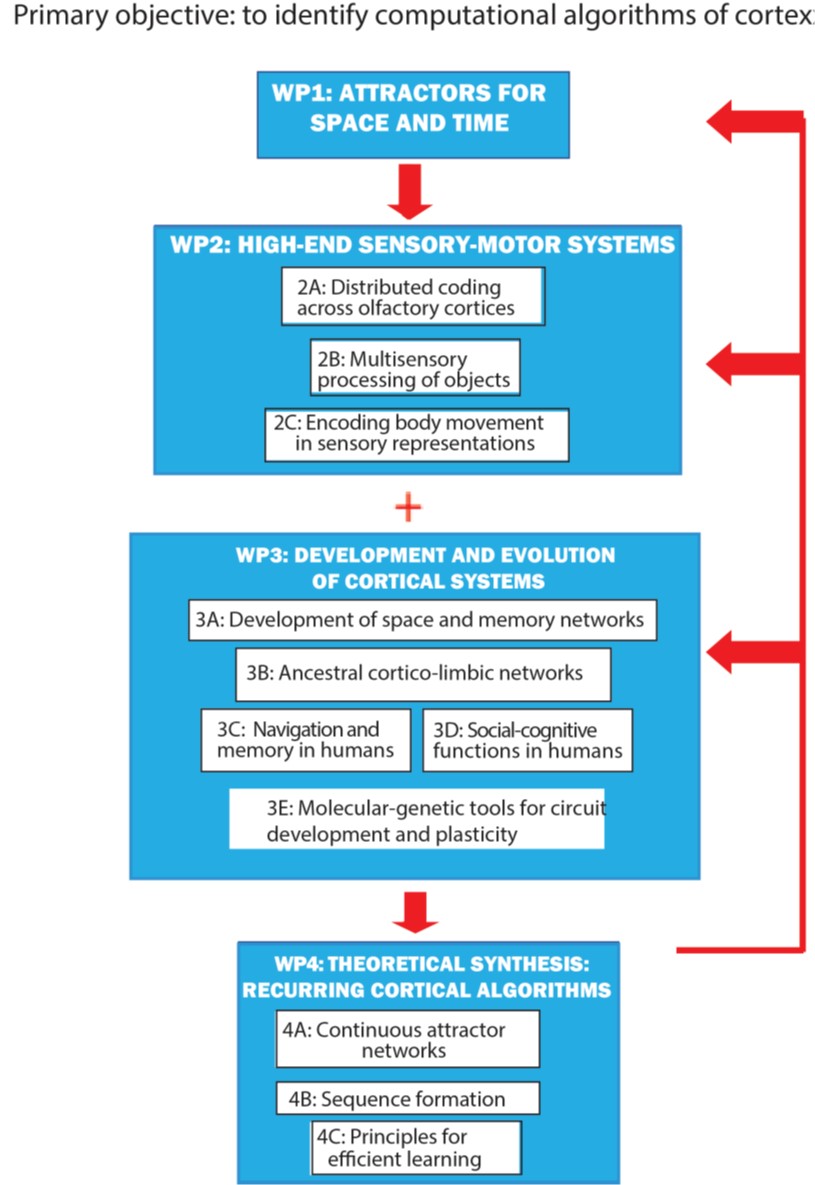
Centre Leaders
Kavli Leader Team
Work packages (WP)
The research at the Centre of Algorithms in the Cortex is organized into four work packages (WPs), presented below:
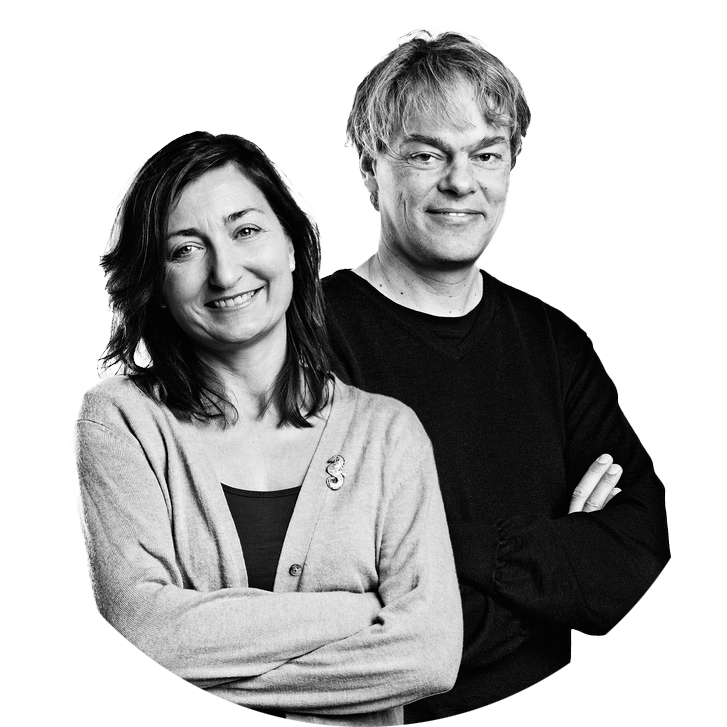
WP1: Attractors for space and time
Lead: Edvard Moser and May-Britt Moser

WP2: High-end sensory-motor systems
Lead: Jonathan Whitlock

WP3: Development and evolution of cortical systems
Lead: Emre Yaksi
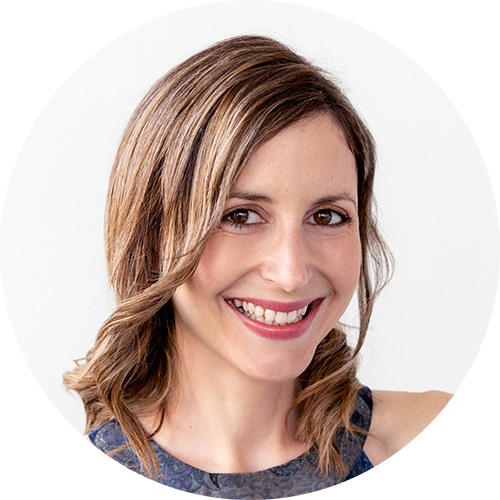
WP4: Recurring cortical algorithms
Lead: Soledad Gonzalo Cogno
Researchers

Cognitive motor function

NAVARRO SCHRÖDER GROUP:
Vision and navigation
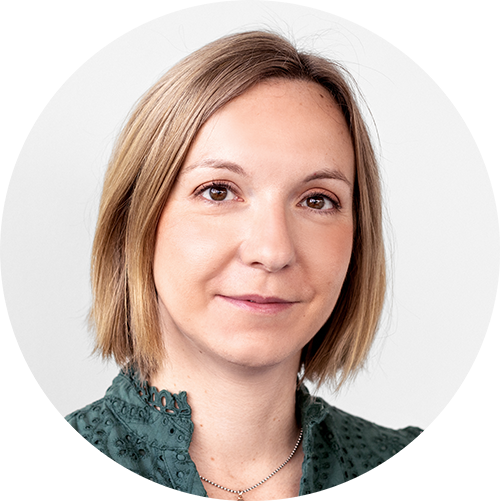
Circuit development
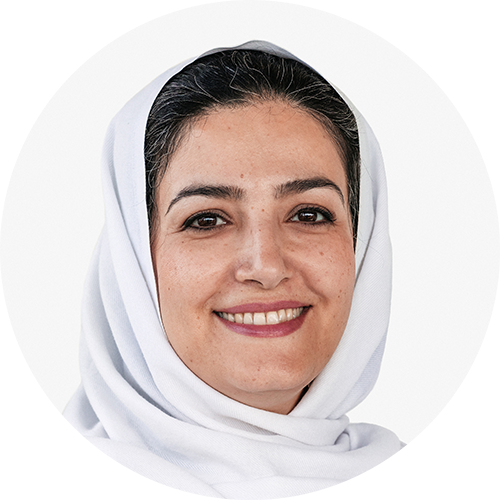
ZIAEI GROUP:
Aging Neuroscience

GONZALO COGNO GROUP:
Neural dynamics and computation
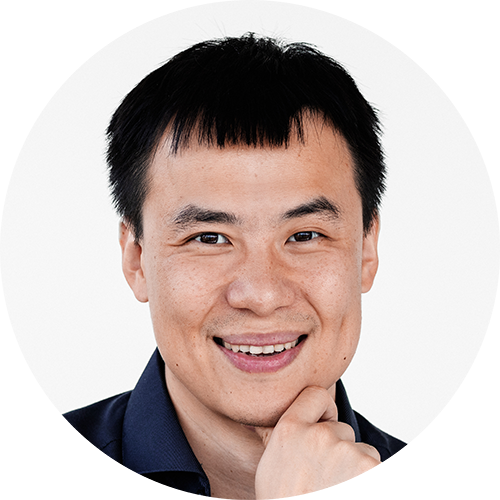
ZONG GROUP:
Neurophotonics
Visting Professors

Yasser Roudi
Professor
WP4C: Principles of efficient learning in cortical networks
Kavli Institute research: SPINOr - Stat.Phys. of Inference and Network Organization
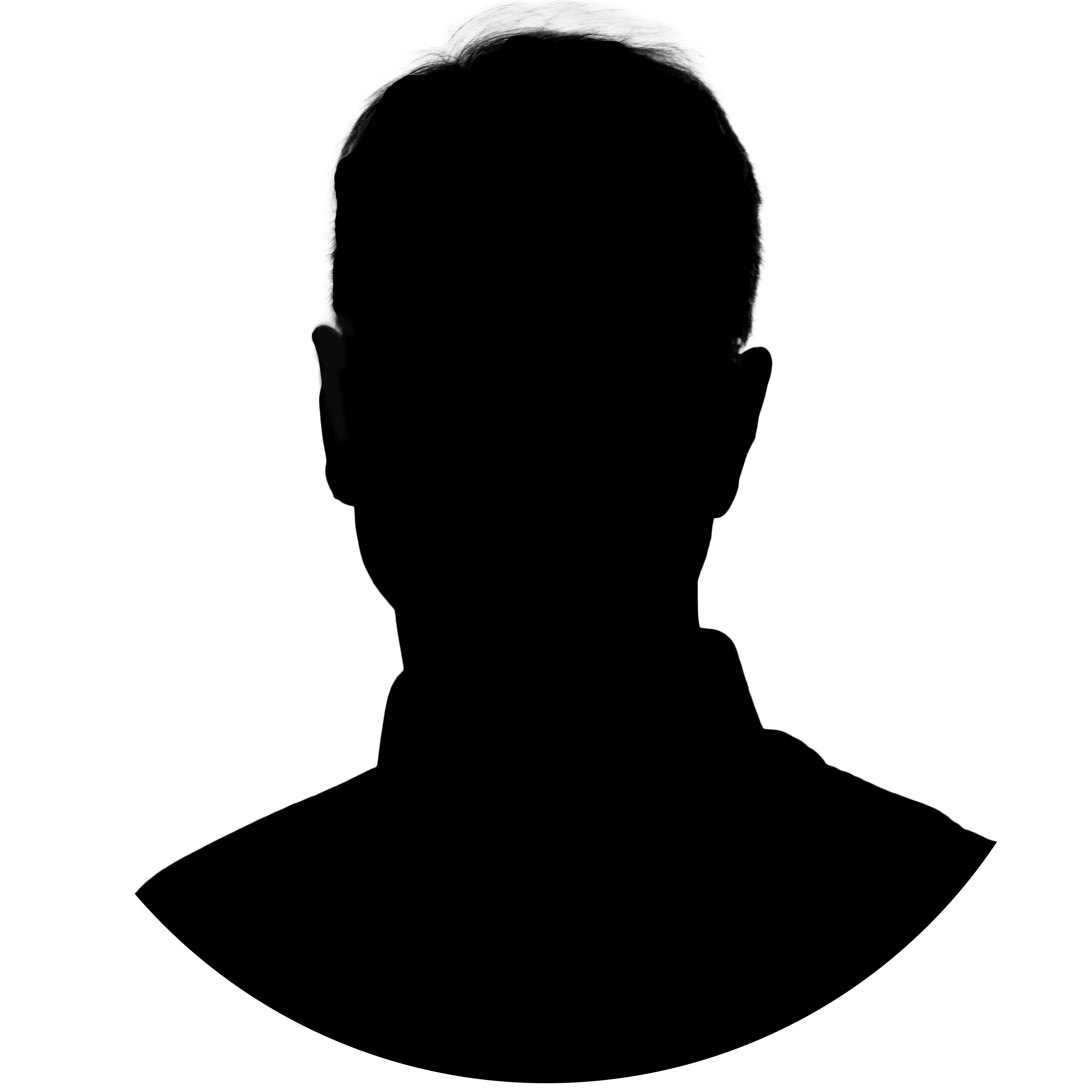
Yoram Burak
Hebrew University of Jerusalem
Visiting member
WP4A: Continuous attractor network models in space-coding brain systems
KiloNeurons

Menno Witter
Professor Emeritus
WP3: Early-stage pathology in entorhinal cortex of rodent AD models, K.G. Jebsen Centre for Alzheimers Disease

